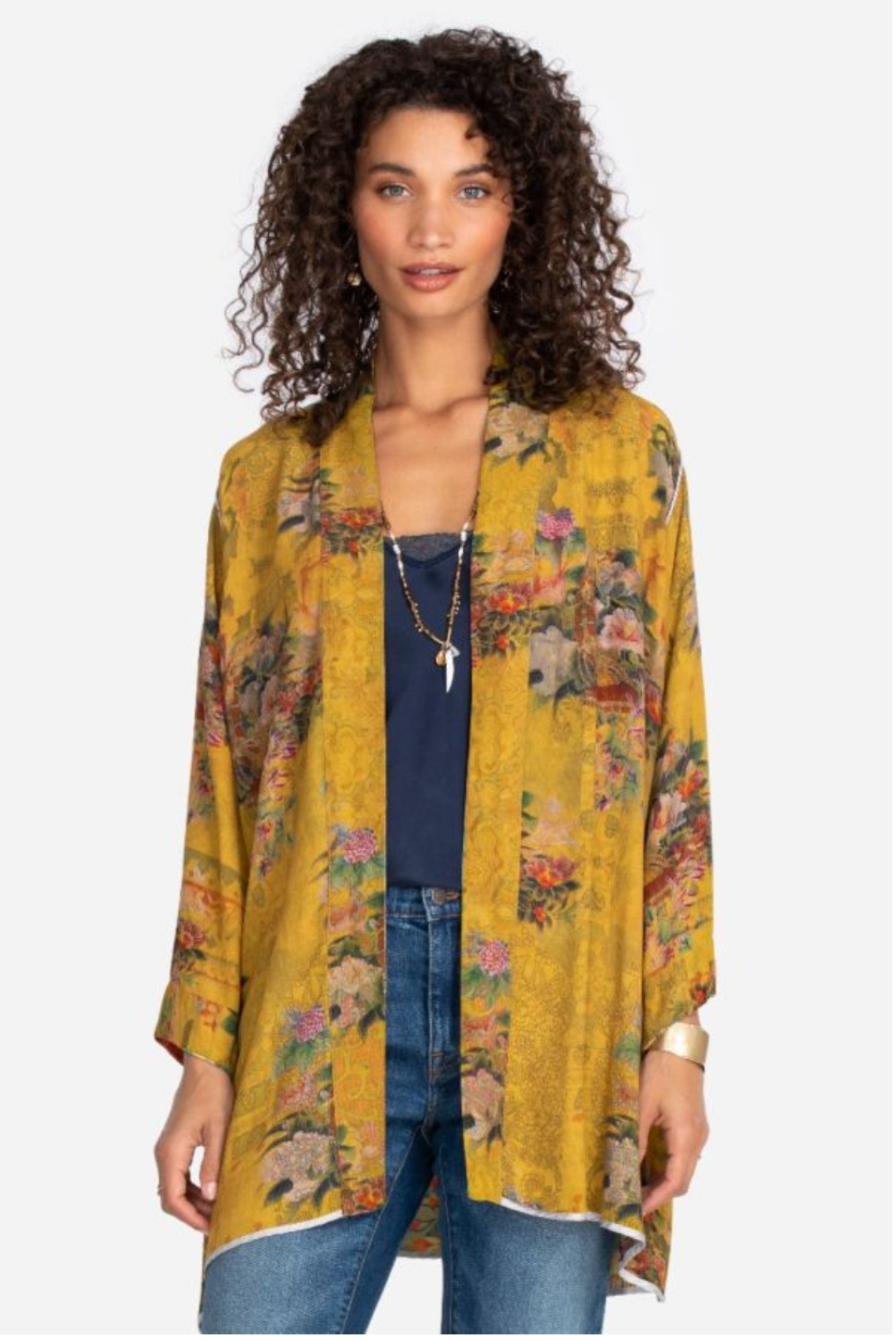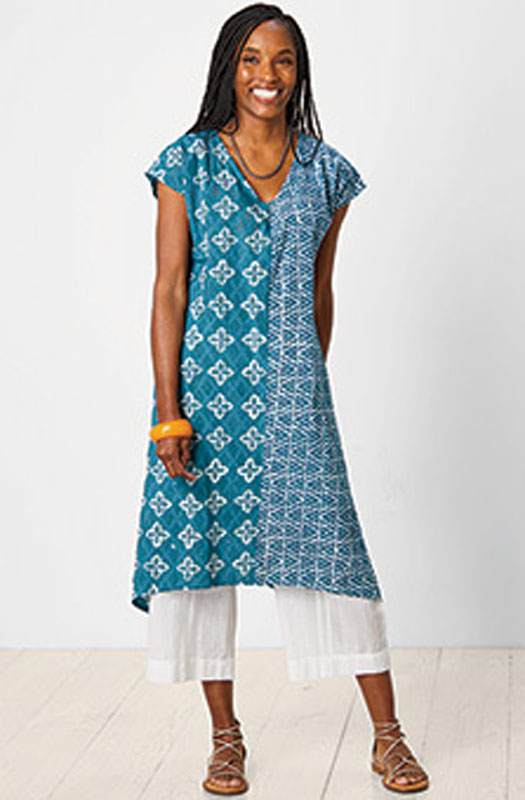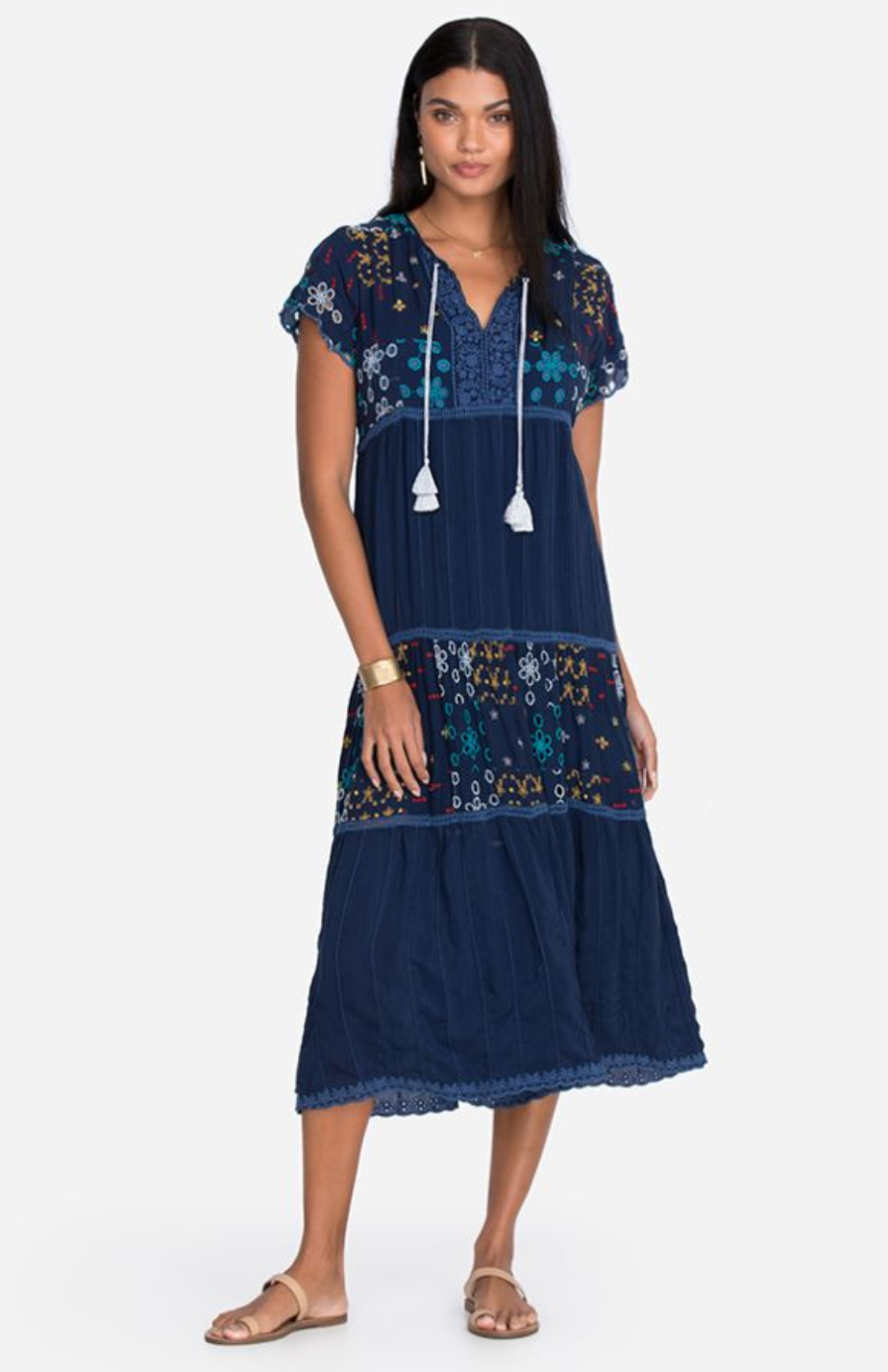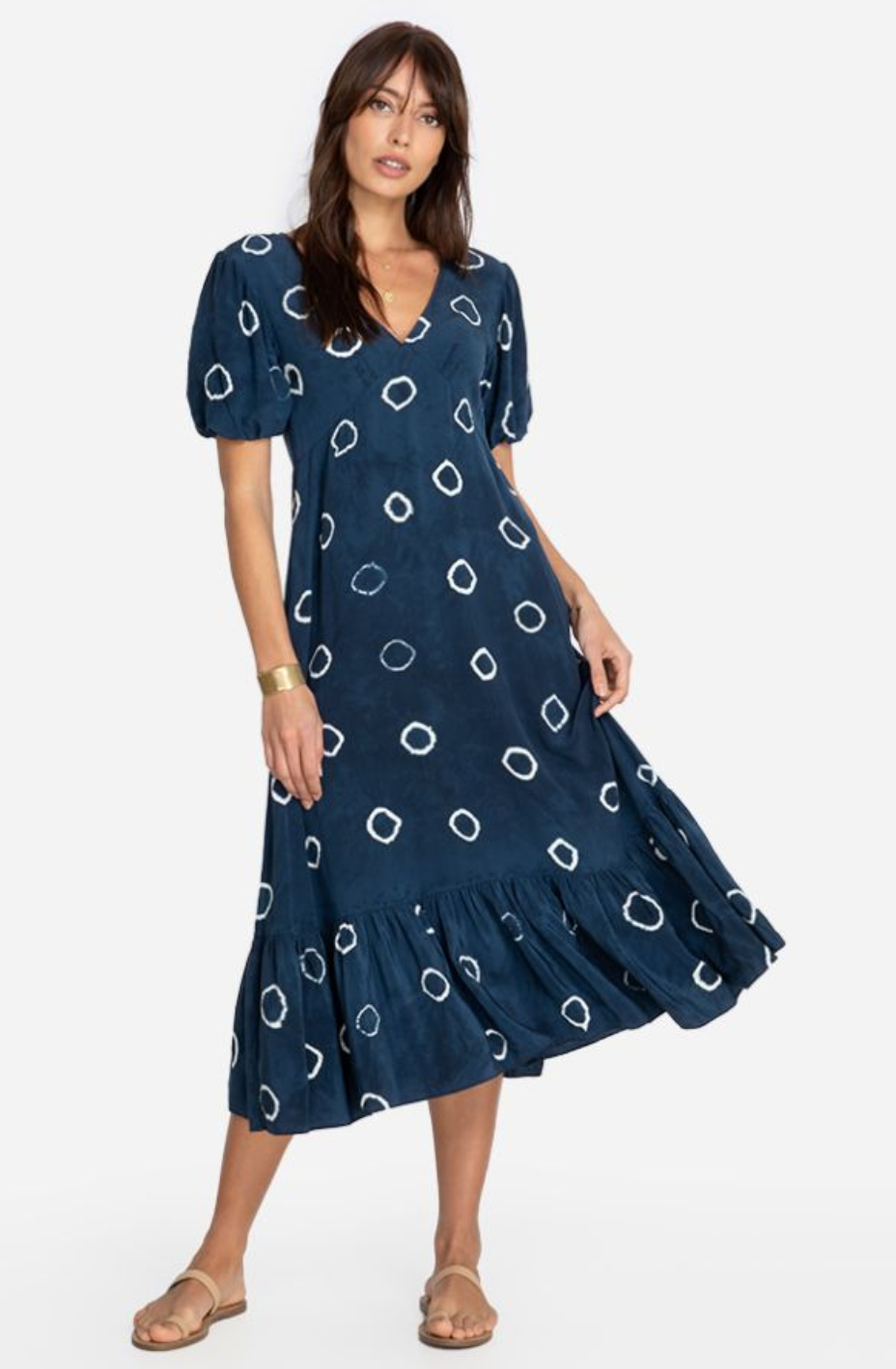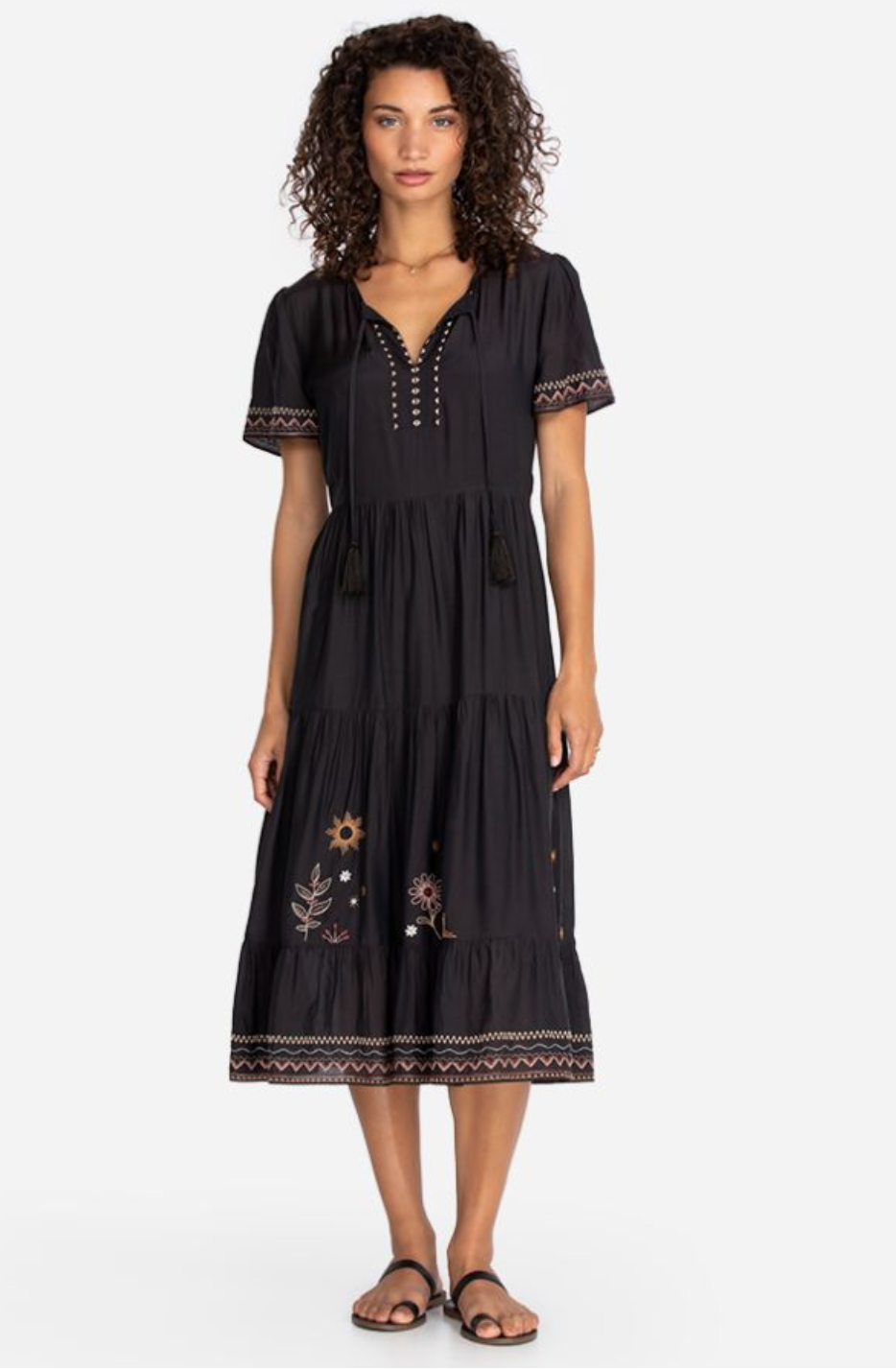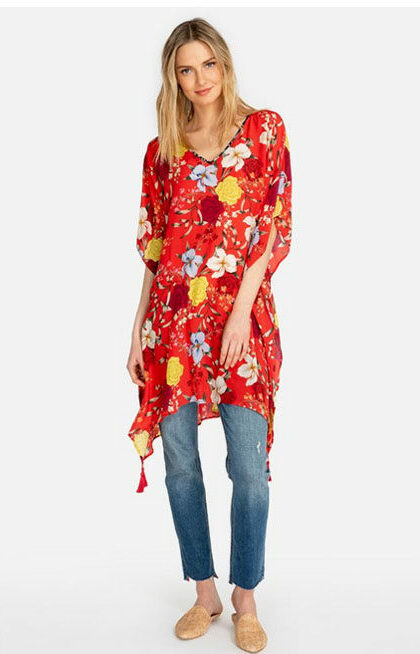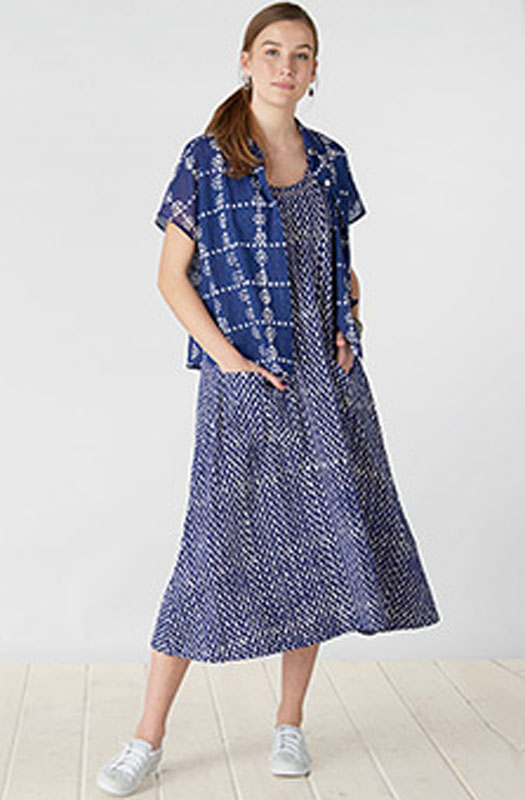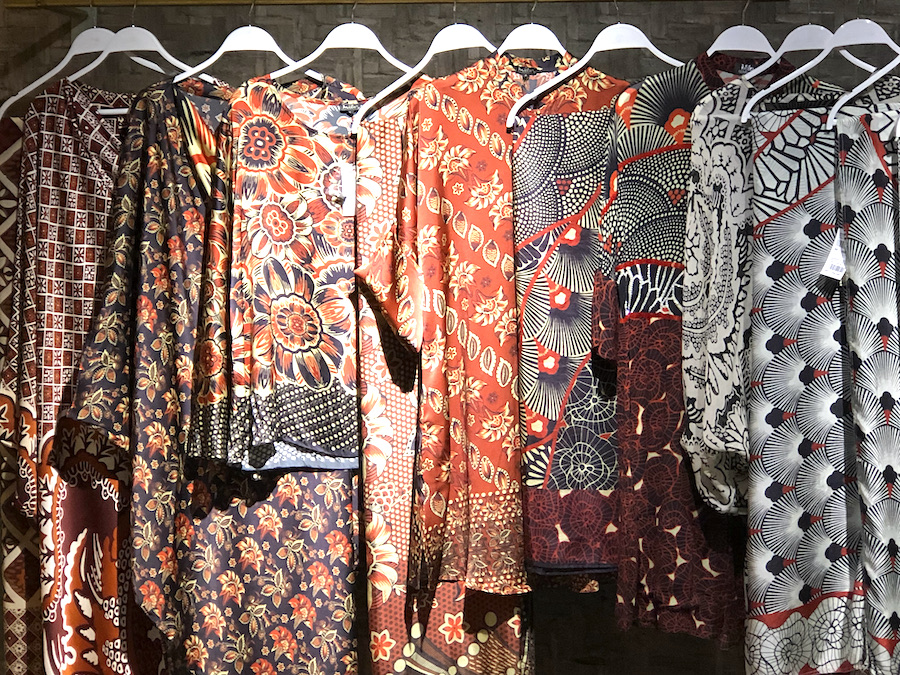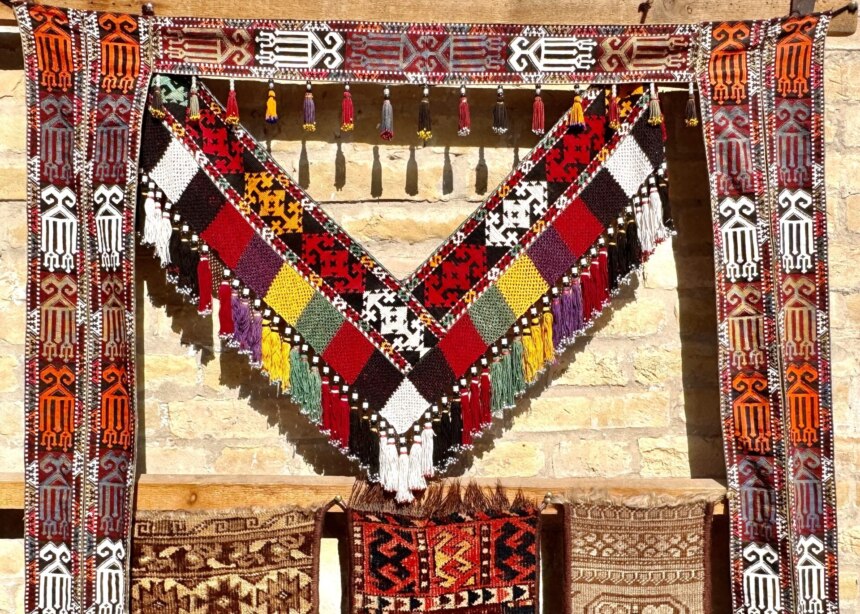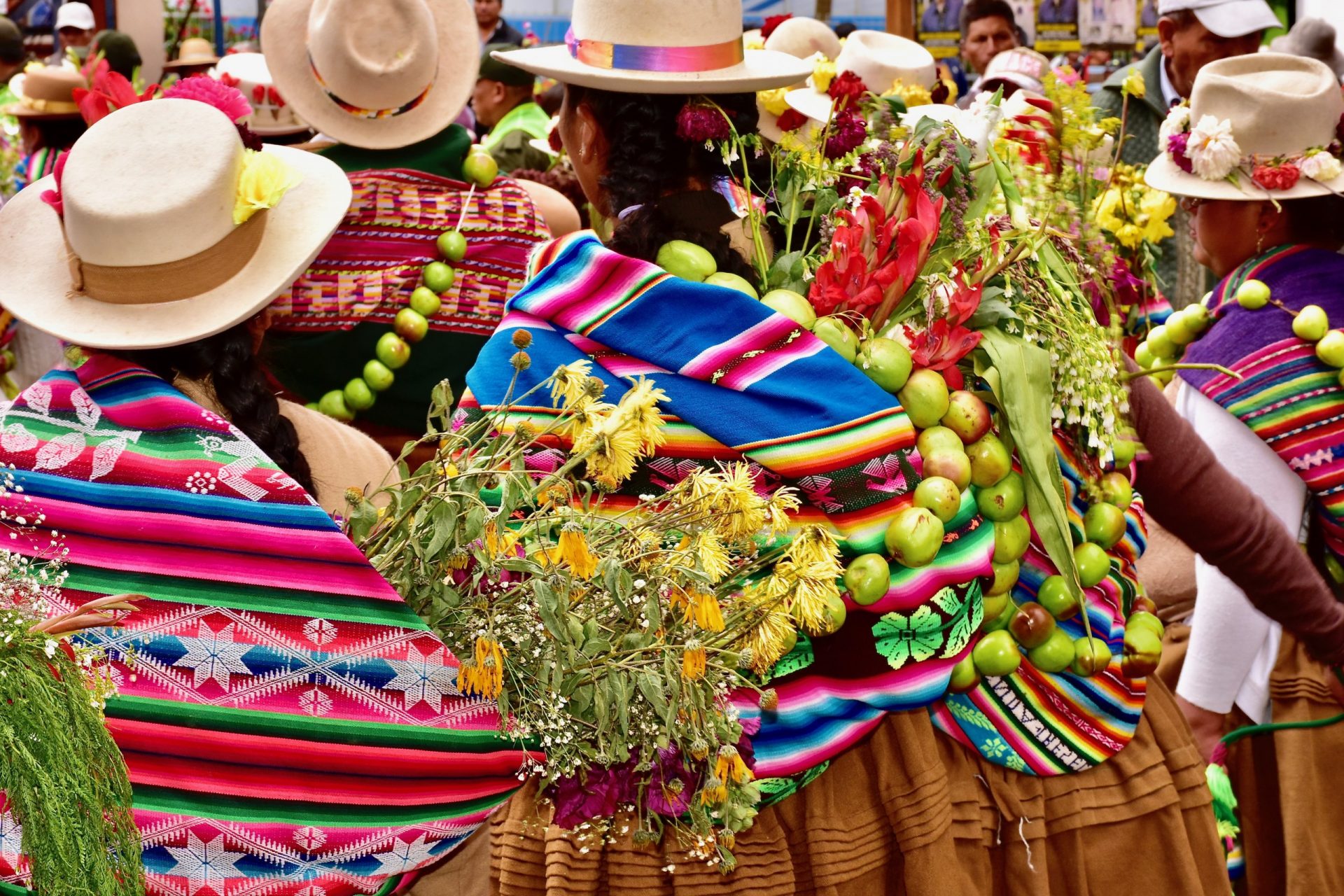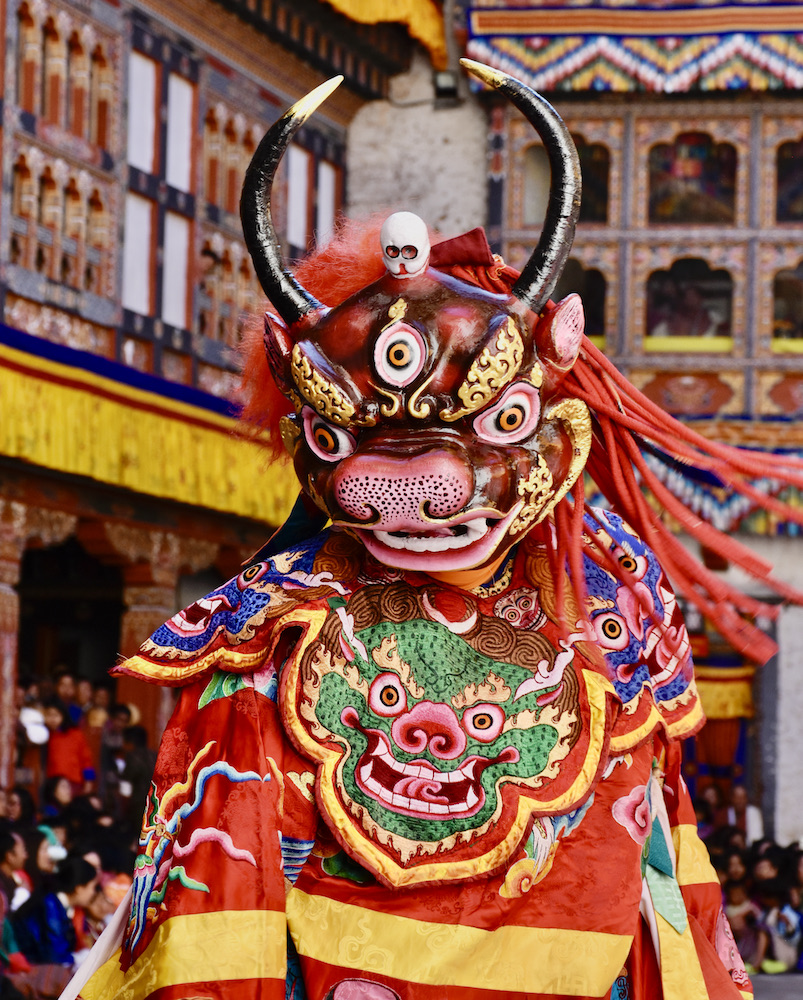Learn how your clothes can influence what people in a traditional society think of you and how they act towards you. Modest clothing may seem natural or obvious to you, especially if you are an experienced traveler. But from years of experience traveling to different countries with my tour groups, I’ve discovered that the clothing issues are clearly not understood by all travelers!
The following modest but comfortable clothing ‘rules’ and ‘suggestions’ will work for Turkey, Uzbekistan. Kyrgyzstan, Morocco, rural India and other semi-conservative destinations (not Saudi Arabia and Afghanistan however; it’s complicated!). Young people in big cities like New Delhi and Lima wear Western clothes but here we are considering other areas where people are more traditional and conservative. (Some countries have very specific taboos like no bare shoulders in Thailand, so follow the cultural advice in a good guidebook too.)
In Islamic, Hindu and Buddhist cultures, modesty is highly valued. This will help you decide what clothes to pack for a trip. Once you arrive at your tour destination, you can look around and see what is okay and what is not okay – but you need to pack right before you depart! Morocco, for example, is already pretty relaxed, compared to some other Muslim nations, when it comes to immodest female tourists, so it’s better not to abuse it. Just because it’s normal to wear short shorts and tank tops to the mall in Des Moines or Stockholm doesn’t mean that’s OK in Bangkok!
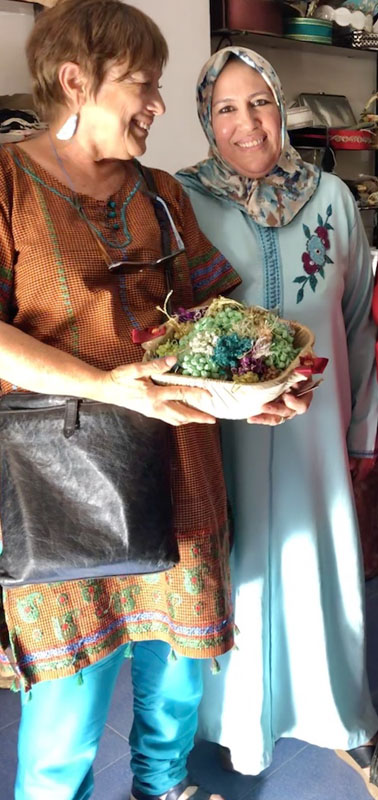
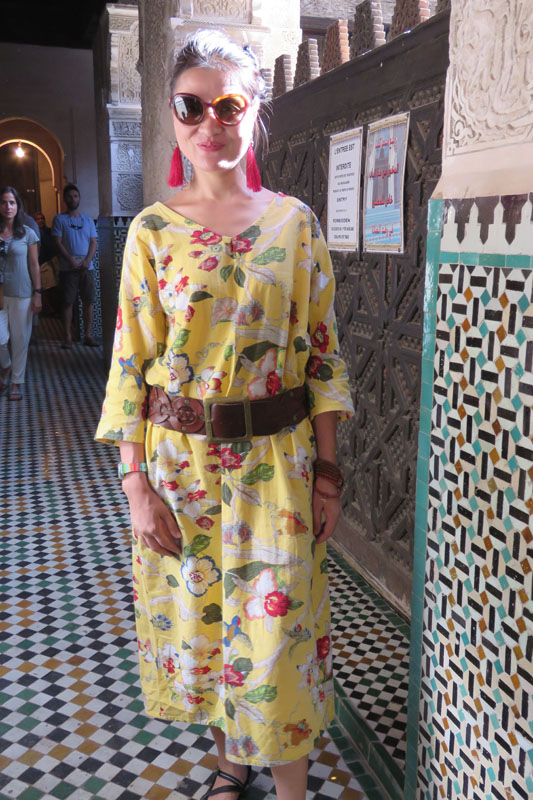
Some of this info is repeated in the What to Take lists that are sent to our guests when they sign up for one of our tours. We are not attempting to be the Fashion Police, but to give some suggestions on modest dress so it will be easier for you to choose! Most Moroccan and Uzbek women dress like Bouchra above in turquoise – covered up in a loose dress to the ankles with long sleeves. Note my long tunic and loose pants. And in Fes, I asked the girl at right if I could take her photo, in her comfortable, chic and modest yellow-flowered dress, as an example. Modest doesn’t need to mean dowdy!
On the Lonely Planet Thorn Tree comments, one woman said it perfectly:
Covering up is also a way of saying: ‘I respect your culture,’ and as a result you tend to get more respect and better treatment by the locals.
If you plan to buy or sew travel clothes, choose pieces that you could wear at home too. As mentioned, there will be usually be some laundry service along the way, so you don’t need a dozen outfits.
I can recommend Marketplace.com for interesting and quality cotton tunics/dresses and pants made by womens’ coops in India. Johnnywas.com is pricey but has pretty dresses and long tunic length blouses, sometimes on sale too. Also the famous FabIndia chain based in Delhi has a website with lots of long tunics called kurtas, and comfortable cotton pants (not affiliate links, just companies I like and buy from).
Some basic clothing tips
The bottom line for most countries is – Cover your bottom, and legs to mid-calf.
It’s best to cover your shoulders too – at least with short sleeves, so no sleeveless/strapless tops, crop tops, low-cut tops, or tucked in tops.
If you wear pants, it’s best to wear a long top or open blouse over a top that covers your derrière when you lean over.
Best not to wear leggings without a long tunic or top to the knee or mid-calf (see photos below), unless you are relaxing at the riad/hotel, or at the beach or pool.
- Long skirts, or casual knit dresses with short or long sleeves are a good solution. A long skirt that falls smoothly over your backside, with a shorter top is fine.
- No ripped and distressed jeans; they will feel soooo sorry for you.
Remember that every country has different ideas of propriety and modesty; the only time my Malian mother-in-law commented on my outfit was when I wore a long dress, almost to my ankles, without the wrap-skirt underneath! But in Muslim Mali, wide neck openings on capacious robes commonly allow revealed shoulders and bra straps, and the side openings often reveal a glimpse of breast or bra.
When I travel, I wear a variety of Indian-style shalwar kameez type outfits consisting of a long tunic with cotton or knit pants. These Indian outfits (especially with the long knit pants) are comfortable for travel and they’re modest for all but the fanatic Islamic countries. (This is especially important on some trips where we head out into the remote desert regions where the culture is more conservative – or in any town when we are invited to someone’s home.)
Jeans are okay, depending on the climate; I often bring a black or dark blue pair to wear with long tops. You don’t need to cover your head unless we are entering a mosque or other religious building, but do bring or buy a scarf for those inevitable visits.
Just because other tourists are doing it, doesn’t mean you should!
Some young women wear tight jeans and crop tops in the cities, but they are not looked upon kindly by their own grandmothers! You will see tourists that flaunt these conventions, but they are not being respectful of the culture. Moroccans, Turks, Uzbeks and others are friendly and accepting but I see no reason to push it. The first two photos below were taken in Morocco, the third at a festival in a rural village in north-eastern Thailand. The red-headed girl was sitting on temple grounds watching the festival… the ironic part is that women dressed like this often accuse local men of being ‘lecherous’ when
they stare!
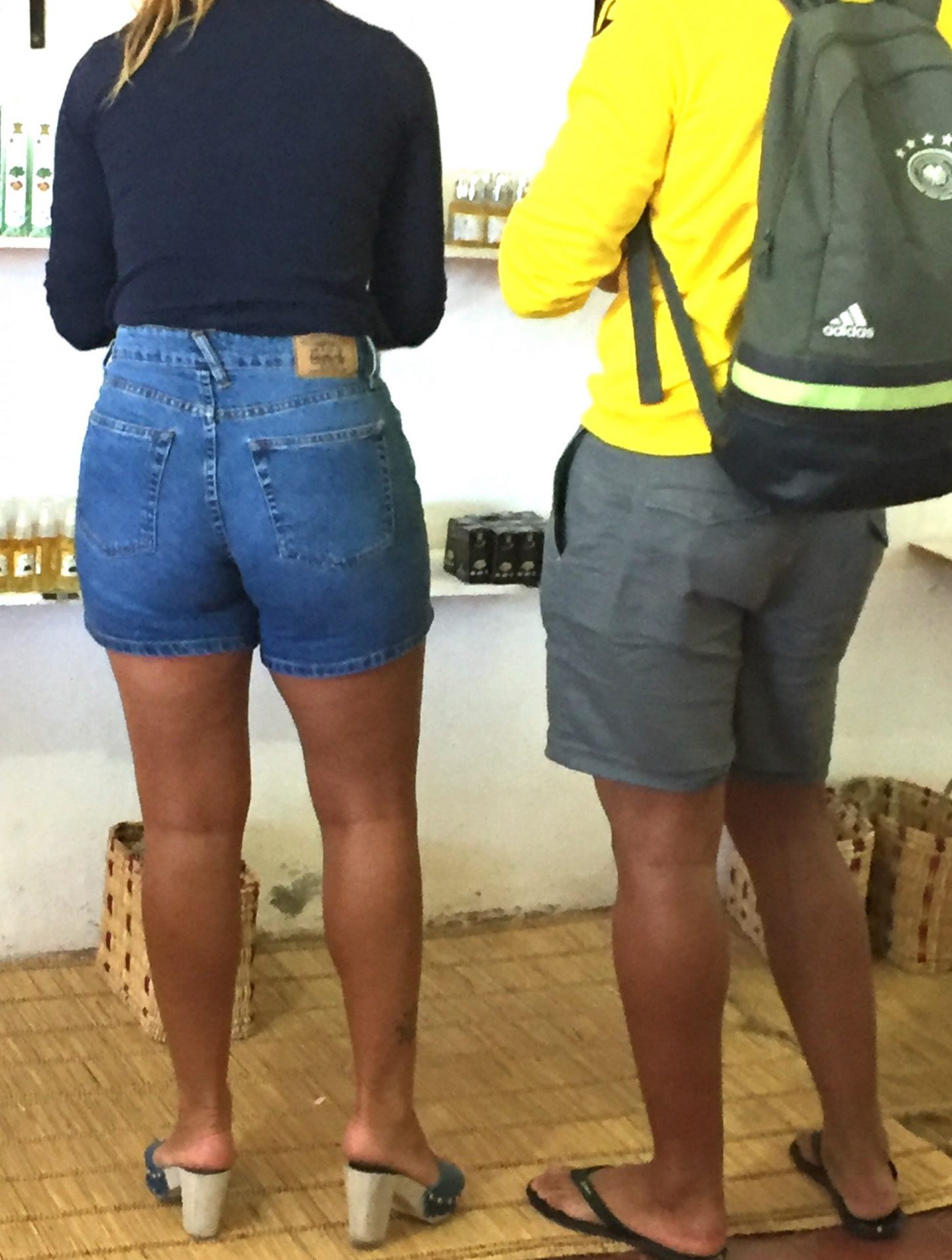
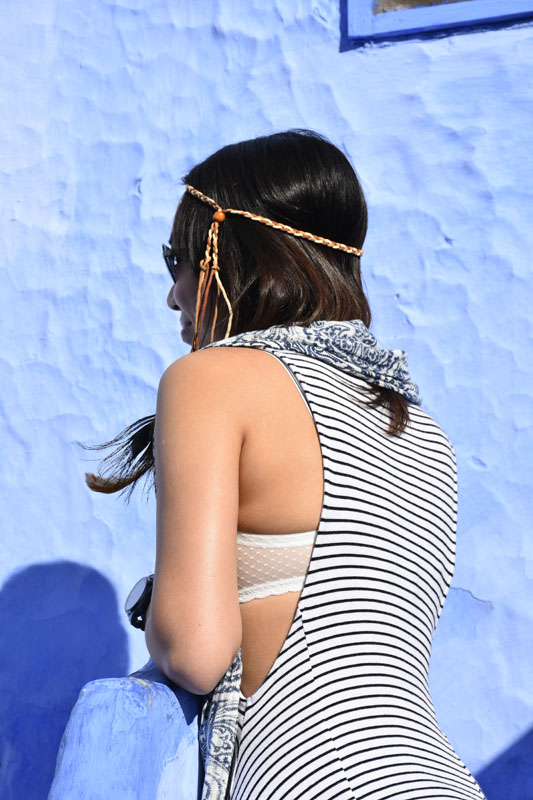
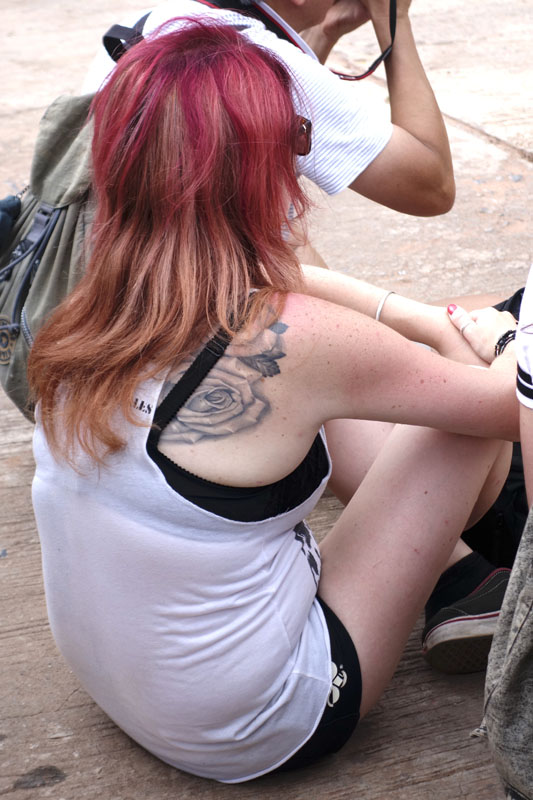
Most major tourist spots like Marrakech have gotten used to foreigners and their ‘style.’ However we will be good ambassadors, and culturally respectful to the local populations. On many of the Behind the Scenes Adventures trips, we visit traditional families for a lesson or a meal in their homes, where it is very important to act and dress respectfully.
Dressing appropriately at religious sites (temples, shrines, mausoleums) is important and a way to show respect for local religion or custom. Some temples and other religious buildings have signs explaining the dress and behavior code: cover your head, take off your shoes, etc. We will send more information if there are specific ways to dress and act in the culture we are visiting.
As you notice, this is all about women’s clothing
Men have two simple rules only: It’s best not to wear shorts since in many countries they are reserved for little boys – and no wife-beater-type/sleeveless tank tops with bare shoulders. T-shirts/polos/cotton regular shirts and khakis or jeans are fine. In countries with a heavy military/police presence, it’s better not to wear camouflage clothing as that could imply something you don’t understand. “Normal” clothes are fine; you don’t need to look like you are going camping or on safari with cargo pants and boots.
Territory Ahead and Carbon 2 Cobalt online sites have some handsome travel shirts for men.
Example outfits
